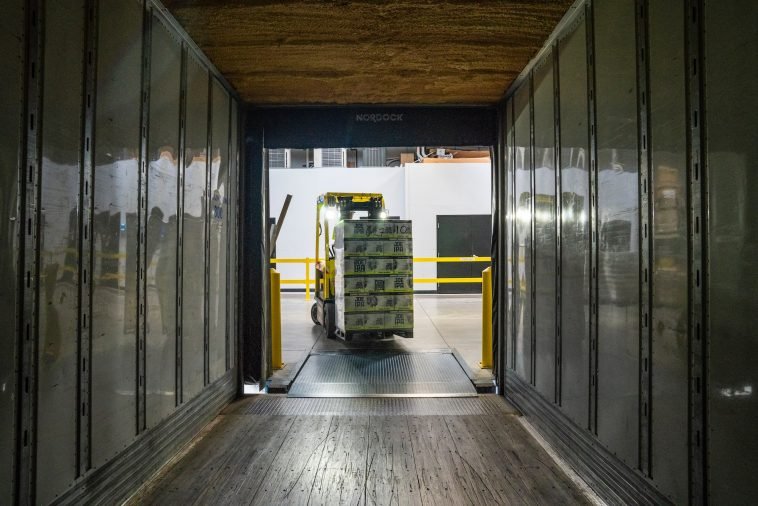Introduction.
Building a dropshipping website might seem like a daunting task, but it’s an accessible and potentially lucrative way to enter the world of e-commerce.
Unlike traditional retail, dropshipping allows me to sell products without the need to stock inventory or handle shipping.
This means I can focus on marketing and customer service while my suppliers take care of the logistics.
To get started, it’s essential to have a solid plan. The first step is to choose the right niche — something that not only interests me but also has a demand in the market.
Once I’ve identified a profitable niche, I can then select a platform to build my website.
Whether it’s Shopify, WooCommerce, or another e-commerce platform, the goal is to create a user-friendly site that makes shopping easy and enjoyable for my customers.
Understanding my target audience and crafting a website that appeals to them is crucial. I’ll need to consider the design, navigation, and overall user experience.
Additionally, integrating the right tools and plugins can help streamline operations, from processing payments to managing orders.
In this guide, I’ll walk through each step of the process, from picking a niche to launching my site, offering tips and insights along the way to ensure I’m set up for success in the dropshipping world.
How Do I Build a Dropshipping Website?
Building a dropshipping website can seem daunting, but it’s entirely doable with the right approach.
Your supplier ships items directly to your customers, freeing you from the hassles of storage and fulfilment.
If you’re ready to get started, here’s how to build your dropshipping website step-by-step.
1. Choose Your Niche.
The first step is to decide what you want to sell. Choosing a niche is crucial because it defines your target audience and sets the tone for your entire business.
Go for something you’re passionate about, but also consider market demand and competition.
Tools like Google Trends and keyword research can help identify popular niches. Look for products with steady demand and low competition.
2. Select a Reliable Dropshipping Supplier.
Your supplier is the backbone of your dropshipping business, so choosing the right one is essential.
Platforms like AliExpress, SaleHoo, and Oberlo are popular options, offering a wide range of products.
Make sure to vet your suppliers thoroughly — look for positive reviews, reliable shipping times, and quality products.
You don’t want to deal with customer complaints due to late deliveries or subpar items.
3. Choose the Right E-Commerce Platform.
Selecting an e-commerce platform is a big decision.
Shopify, WooCommerce, and BigCommerce are among the top choices. Shopify is often recommended for beginners because it’s user-friendly and has numerous dropshipping apps.
WooCommerce is ideal if you prefer WordPress and want more control over customization. BigCommerce offers scalability if you plan to grow your business significantly.
Compare the features, pricing, and ease of use of these platforms before making a decision.
4. Set Up Your Online Store.
Once you’ve chosen a platform, it’s time to set up your online store. Here’s a quick overview of what you’ll need to do:
- Domain Name: Choose a domain name that reflects your brand. Keep it short, memorable, and relevant to your niche.
- Website Design: Your website’s design should be clean, professional, and easy to navigate. Most e-commerce platforms offer templates that you can customize to suit your brand.
- Product Pages: Create detailed product pages with high-quality images, compelling descriptions, and clear pricing. Include customer reviews if possible, as they build trust.
- Payment Gateway: Set up a secure payment gateway to process transactions. Shopify Payments, PayPal, and Stripe are popular options.
- Shipping and Taxes: Configure your shipping settings based on your supplier’s shipping policies. Make sure to include tax information where applicable.
5. Install Essential Plugins or Apps.
Enhance your website’s functionality with essential plugins or apps. Here are a few you might consider:
- Oberlo: If you’re using Shopify, Oberlo simplifies importing products from AliExpress to your store.
- SEO Plugins: Tools like Yoast SEO for WooCommerce help optimize your site for search engines, driving organic traffic.
- Email Marketing: Apps like Klaviyo or Mailchimp allow you to create automated email campaigns to engage customers and drive sales.
6. Optimize for SEO.
Search engine optimization (SEO) is vital for driving organic traffic to your site.
Start with keyword research to identify relevant terms for your niche. Incorporate these keywords into your product titles, descriptions, meta tags, and URLs.
Additionally, consider creating a blog to provide valuable content related to your niche, which can improve your site’s SEO and attract more visitors.
7. Launch Your Website.
Before launching, make sure everything is in place. Double-check your product listings, test the checkout process, and ensure your site is mobile-friendly.
Once you’re confident, it’s time to launch. Share your website on social media, inform your email list, and consider running paid ads to drive initial traffic.
8. Market Your Dropshipping Store.
Marketing is crucial to the success of your dropshipping business. Here are a few strategies to get you started:
- Social Media Marketing: Use platforms like Instagram, Facebook, and Pinterest to showcase your products and engage with your audience.
- Influencer Marketing: Partner with influencers in your niche to promote your products and reach a broader audience.
- Email Marketing: Send regular newsletters, promotions, and product updates to keep your customers engaged.
- Paid Advertising: Consider running Facebook Ads, Google Ads, or Instagram Ads to target specific audiences and drive traffic to your store.
9. Monitor and Improve.
Once your store is up and running, it’s important to monitor its performance and make necessary improvements.
Use analytics tools to track your website’s traffic, sales, and customer behaviour.
Identify what’s working and what isn’t, then tweak your strategy accordingly.
Regularly update your product offerings, optimize your website’s performance, and stay on top of customer service to ensure your business continues to grow.
Conclusion.
Building a dropshipping website is a rewarding endeavour, but it requires a strategic approach and consistent effort.
By following the steps outlined in this guide, you’ll be well on your way to launching a successful online business.
Remember, success doesn’t happen overnight. It takes patience, dedication, and a willingness to learn and adapt.
So, what are you waiting for? Start building your dropshipping empire today!
Do you have any questions about starting your own dropshipping business? Feel free to leave a comment below.





GIPHY App Key not set. Please check settings